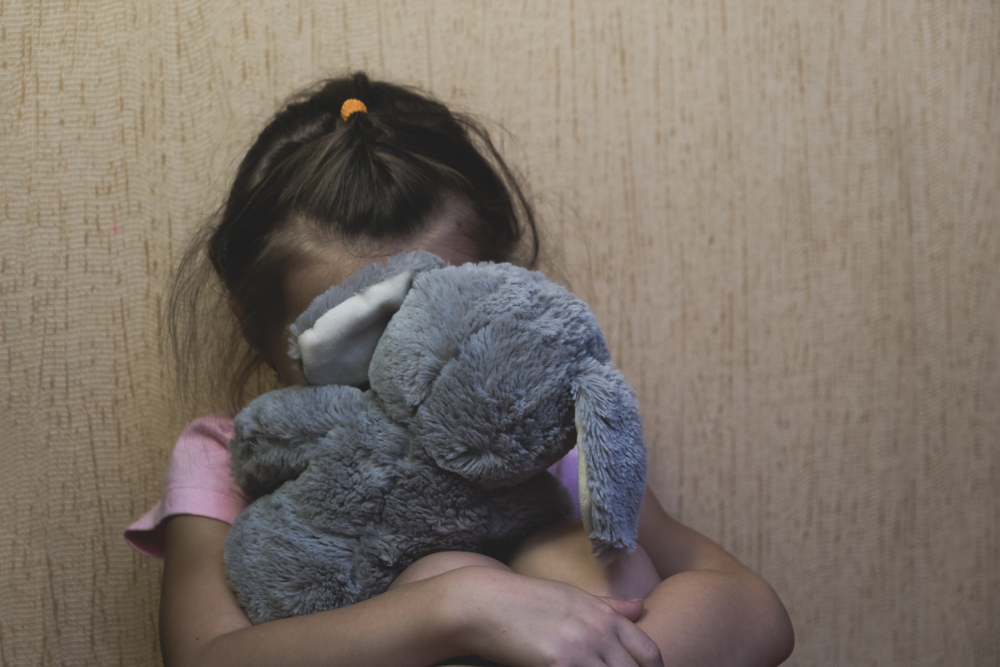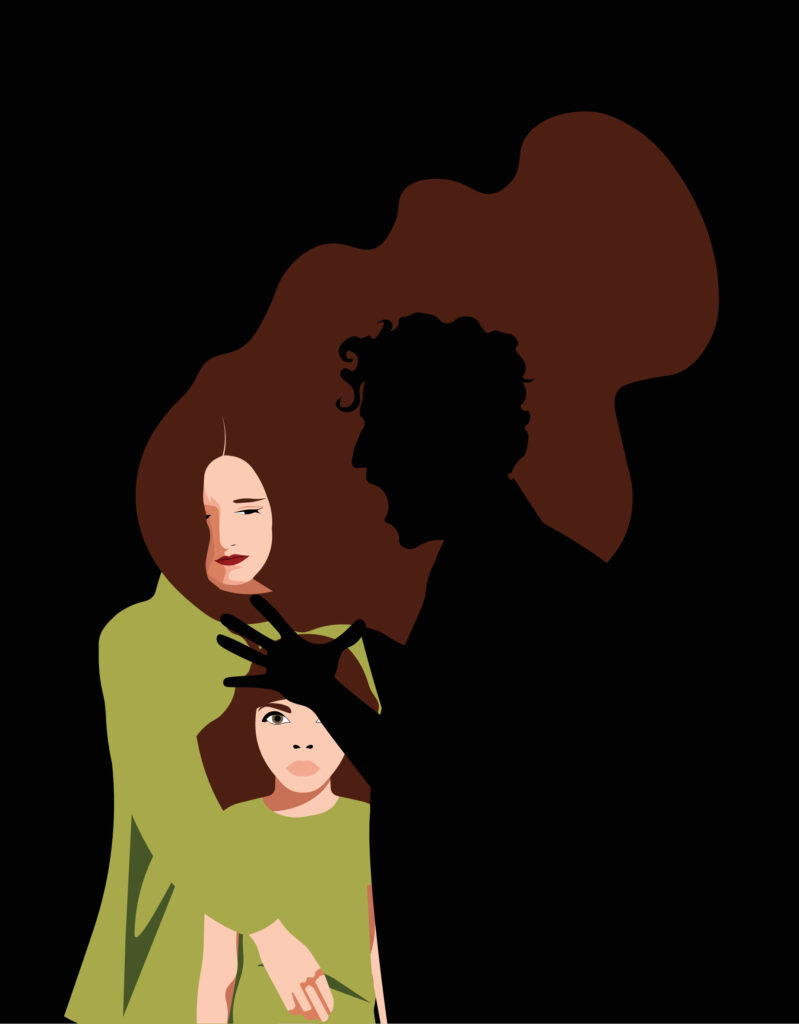† I glued my bed to the wall of my parents’ bedroom so I could hear if my mother was still alive. My father could beat her so hard I was afraid she would die. † This testimony comes from Nathalie Riesen’s book. Entitled Say mama, tell me my story (Publishroom Factory editions) this book highlights an often-forgotten theme of domestic violence: the fate of children before, during, and after the divorce of a couple gripped by violence. Because even if they are not hit, children who grow up in a family where violence is used do not escape trauma. Hence the need to raise awareness among professionals and parents confronted with these situations, but also to recognize that children have the status of victim. Interview.
How did you come to write this book?
say mom came after my previous book, Nathan, inspired by my story and which we also made into a movie. Of Nathan, we travel around in this story of the child, how we get out of a toxic relationship, how we live after the divorce. We often speak of marital or domestic violence, but rarely of violence that continues after divorce and in particular of the instrumentalization of the child by the parent committing the violence.
I myself have been in this situation where I was confronted with authorities who did not understand the nuance between conflict and violence. If you’re violent, you can’t sit down with your attacker, because that creates stress, anxiety, or even dissociation. Although the stakes are high: it’s about the well-being of U.S child. The other parent, author of violence, knows no one but himself. The child becomes an object and that makes the situation very complicated. I told myself we absolutely had to talk about that!
What was your ambition with this book?
My ambition was to put into words the invisibility of the situation for all these parents who, once the divorce is settled, must undergo a different influence. That of justice and institutions. You should know that you have a criminal duty to care for your child. But when you leave a spouse, child protection, trained in co-parenting and conflict management, but not domestic violence, comes into play.
In the case of domestic violence, a classic co-parenting system cannot work, and yet it is applied. The institutional machine is set up without giving the victim’s parent time, in shock, to realize what is happening. The child has been with the other parent for the weekend, now alone with his own traumas. It becomes a tool to keep the traumatic link with the first victim active. It’s an extremely perverse situation because if you’re not trained, you don’t understand what’s going on.
In your book you postulate that even if children are not victims of physical violence, they suffer from other forms of violence…
When we read certain testimonials, we realize that even if the child is not in the room and takes the beating, there will be auditory or visual violence, passed completely in silence. Even if the child has not been physically touched, he will have reactions because he will fear for his life and that of his other parent, victim of violence.
When there is separation, the child will have to face the aggressor, without his shield, which in most cases is the mother. The result is fears, fear for his life and the loss of confidence in his parent, who is still a victim, but also in child protection.
You work as an “expert in helping victims of toxic relationships”, what does this role entail?
I take care of the reconstruction of the victim parent so that he can put things down, say no, show his child that there is a backbone he can count on and that it is not his fault that the child has to go to the abusive parent.
If the parent-victim is healthy, the child-victim will also feel good because he will understand that his parent will be able to accommodate him or respond to certain needs. I work with the victimized parent on those needs. It’s a bit like a tightrope walker: you have to choose your battle between your child’s needs and the values you want to instill in him. As a victim parent you have a duty to protect your child and to guarantee him his vital needs such as food, sleep, shelter. If he’s spending the day on his phone at his other parents’ house and you don’t like it, you’d better drop this fight. On the other hand, if this activity starts to affect the quality of sleep and therefore health, you can reframe the other parent as we are hitting an essential need.

Why do you think this victim status for children is important?
The process of recovery includes recognition as a victim. “Victim” is a very difficult word for the victims themselves to pronounce, even at the beginning of the procedure or their reconstruction. However, if the child is not recognized as having this status, it is as if what he has experienced is normal. He then downplays the violence and this can affect his behavior at school and as an adult. To recognize him as a victim is to show him that what he has been through is not normal and that not all children experience it.
Then, realizing that there may be harm to the child, steps will be taken to protect it. This also provides a starting point for the interveners and shows the child that he can have confidence in the system.

What needs to be done to better protect children?
Several actions must be performed. People trained in institutions (such as lawyers) should be made aware of the mechanism of manipulation and domestic violence.
We must also provide an awakening to healthy relationships in schools and in society. We talk a lot about toxic relationships, but I think we can raise awareness about how to build healthy relationships, how to mend a broken relationship.
In prevention, we find that when we describe these healthy relationships, people come forward because they understand that what they are going through is not normal. It is by understanding that a minor victim will be able to talk to his parent and tell him that what he is experiencing is not normal.
Institutions must also become actors in the recovery of victims. In harassment trials, it is often up to the victim to leave. But when she leaves, the petty abuser will rise to power. The problem is not solved and another victim is chosen. Rather, it is necessary to detect and defuse these situations upstream and to listen to the voices of the children, who are too often neglected.
Say mama, tell me my storyby Nathalie Riesen, Publishroom Factory Editions.